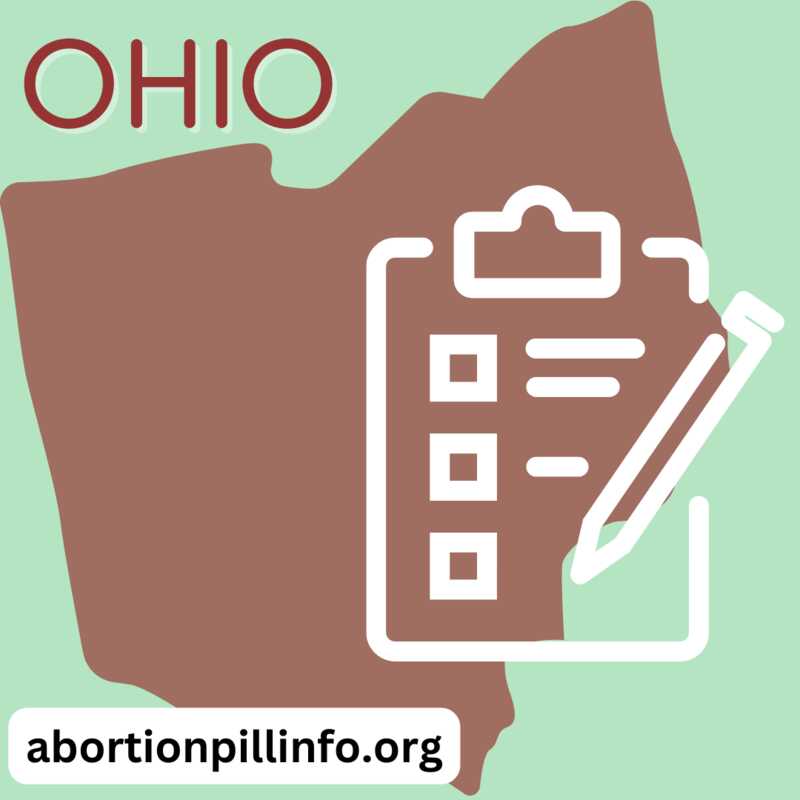The Ohio Abortion Ballot
In 2019, after the the state of Ohio passed what amounted to a total abortion ban, with no exceptions for rape, incest, or the life or health of the pregnant person. During that time, there were multiple instances of children fleeing the state for abortion care, including a ten-year-old girl who traveled to Indiana to terminate her pregnancy, which was the result of being raped.
On November 7th, Ohio residents will vote on Ballot Issue 1, also known as the Reproductive Freedom Amendment. The Amendment has been endorsed by a number of medical groups, including the Society for Maternal Fetal Medicine (SMFM), the American Society for Reproductive Medicine (ASRM), as well as religious groups such as Catholics for Choice, Faith Choice Ohio, The Ohio Religious Action Center of Reform Judaism, and the Greater Cincinnati Board of Rabbis.
If Ballot 1 passes, it would change Article 1 of the Ohio Constitution by adding Section 22, entitled “The Right to Reproductive Freedom with Protections for Health and Safety.”
This Amendment would ensure that:
- Everyone in the state can make their own reproductive decisions, including abortion and miscarriage care.
- No person or entity can interfere with or punish anyone for making their own reproductive decisions.
- On the occasion that access to one's reproductive decisions is impeded, the party doing so must prove that they're using the least restrictive means of doing so, and that they're doing it to advance the health of the pregnant person.
- Abortion after fetal viability (at 23-24 weeks, when a fetus is likely able to survive outside the womb) may be prohibited, unless it's necessary to save the life or health of the pregnant person. This is determined on a case-by-case basis.
The Amendment would not:
- Invalidate Ohio's current parental involvement law, which requires minors to obtain parental permission before they can get an abortion. It's possible that this law could be challenged in court, but the likelihood that it would be struck down by Ohio's majority Conservative Supreme Court is very small.
If Ballot 1 doesn't pass, abortion would remain legal (but not accessible) up to 22 weeks of pregnancy for the time being, but there will be an attempt in the near future to reinstate the 6-week ban.
Spoiler: Anti-choicers are upset about this amendment, and not only because it would enshrine reproductive freedom in the constitution. In the grand tradition of being obsessed with what people do with their bodies, antis argue that the definition of reproductive "decisions" is too broad, and therefore, it could also remove obstacles to gender-affirming care, making it easier to obtain.
If you live in Ohio and vote, or you know people in Ohio, voting "yes" on Ballot 1 means amending the Constitution to include access to reproductive rights. Ballot measures are notorious for confusing language, so it's important to know what a vote of "yes" or "no" actually means.
If you don't live in Ohio, you can still spread the word about Ballot 1 and about abortion pills. For more information visit our website or Facebook page.






